Lupus
The big news this week: the approval of deucravacitinib (a new class of drug?) for psoriasis; the 2022 ACR guidance on glucocorticoid-induced osteoporosis; a national poll of older adults over the age of 50 who claimed self-reported or doctor-diagnosed arthritis; and much more. Let's review these and other news, journal reports and announcements from this past week.
A retrospective study of dermatomyositis (DM) patients with COVID-19, shows that DM patients without comorbidities fair well (with regard to mortality and hospitalisation).
Can we predict the bad outcomes? Like when ITP evolves into SLE; or when psoriasis will develop arthritis; or if Sjogren's will develop lymphoma? Let's dive in and review these journal reports and this past week's news from RheumNow.com.
A phase 2 trial using litifilimab, a humanized monoclonal antibody binding to blood dendritic cell antigen 2 (BDCA2), demonstrated clinical efficacy in adults with systemic lupus erythematosus (SLE).
By targeting BDCA2 on plasmacytoid dendritic cells, researchers were able to suppresses type I interferon, thought to be instrumental in the pathogenesis of SLE.
An integrated analysis of two pivotal trials of voclosporin, a calcineurin inhibitor, in lupus nephritis patients saw significant improvement in complete renal responses (CRR) at one year.
A large UK database study suggests that young adults with autoimmune diseases have an associated increased risk for cardiovascular disease.
Bullous systemic lupus erythematosus (BSLE) is a rare blistering cutaneous manifestation of systemic lupus erythematosus (SLE).
As goes SLE, bullous disease typically affects women, especially those of African descent.
Dr. Jack Cush reviews the news and journal reports from this past week on RheumNow and discusses a case of refractory juvenile dermatomyositis with calcinosis.
A multicentre, proof-of-concept trial of suggests that low-dose IL-2 therapy may be effective in moderate-to-severe systemic lupus erythematosus (SLE). This is not surprising as IL-2 is needed to bolster insufficient regulatory T cell (Treg) activity, thought to be pivotal to the pathophysiology of SLE.
A wide range of therapies have been implicated in causing drug-induced lupus erythematosus (DIL); now it appears that proton pump inhibitors (PPIs) can be added to the list of causative drugs.
A cohort study of SLE patients shows that remission and low disease activity (LDA) are associated with less damage accrual over time.
Patients from the Systemic Lupus International Collaborating Clinics (SLICC) inception cohort were serially assessed with different measures of remission. Damage accrual was ascertained with the SLICC/ACR Damage Index (SDI).
Repeat serologic testing is not uncommon, but is it warranted? A retrospective study shows that repeated testing for autoantibodies to extractable nuclear antigens (ENA) rarely changes the result or adds a new diagnosis.
This study from a single, multicentre tertiary health network in Australia assessed the value of a repeat ENA in patients with an initial negative result.
Dr. Jack Cush reviews the news, FDA approvals, journal articles from the past week on RheumNow; plus viewer questions. This week great hopes for vitamin D, the great unknows of CSA and the great big mess that is the gout.
The ACR has posted a new ACR Clinical Practice Guideline Summary providing recommendations on the use of vaccinations for children and adults with rheumatic and musculoskeletal diseases (RMDs).
This guideline builds on past ACR vaccination guidance, last published in 2021.
Litifilimab, a humanized monoclonal antibody against BDCA2, targets the BDCA2 receptor on plasmacytoid dendritic cells. When administered to patients with cutaneous lupus erythematosus (CLE) was shown reducing disease activity in CLE patients.





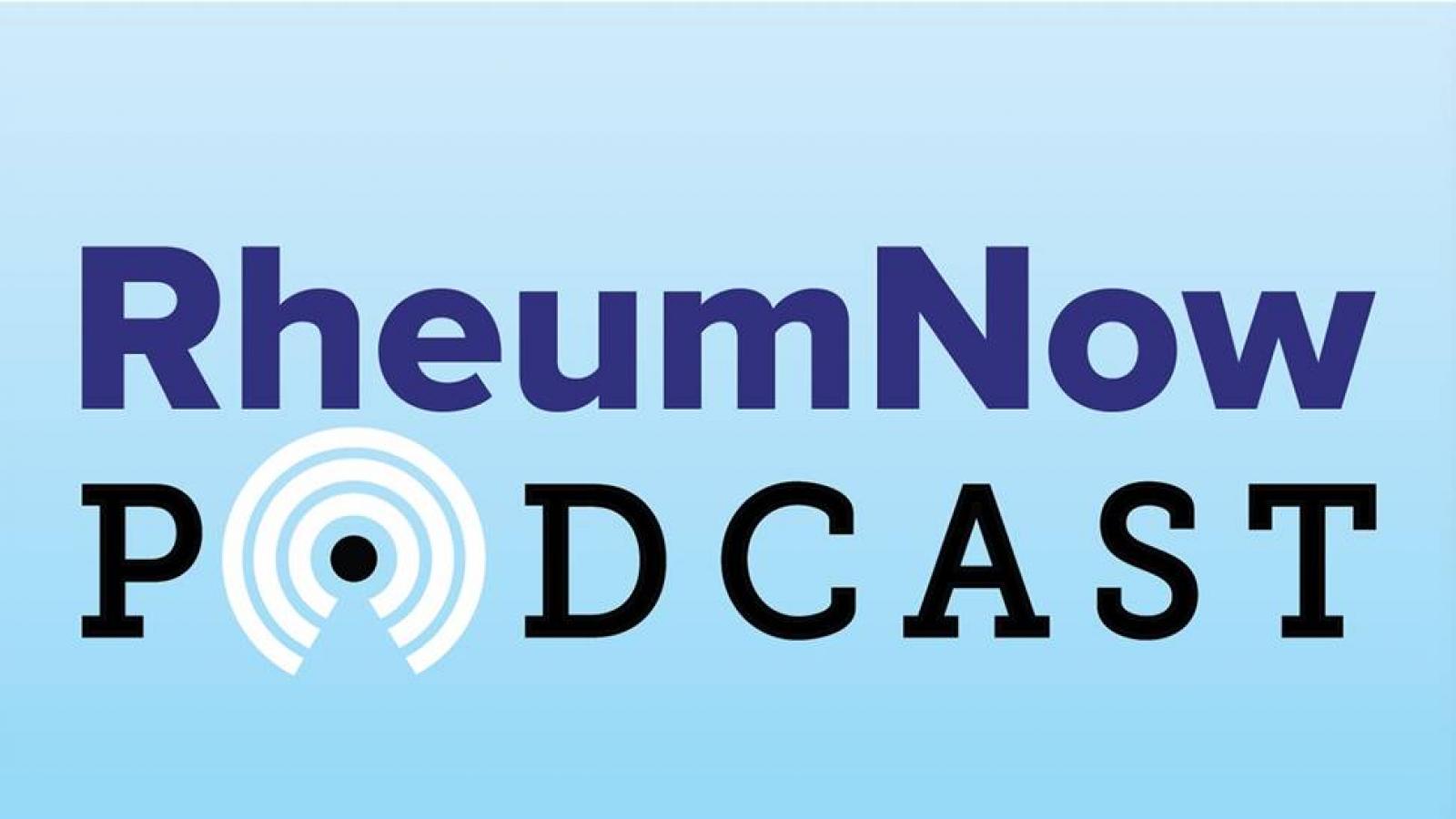

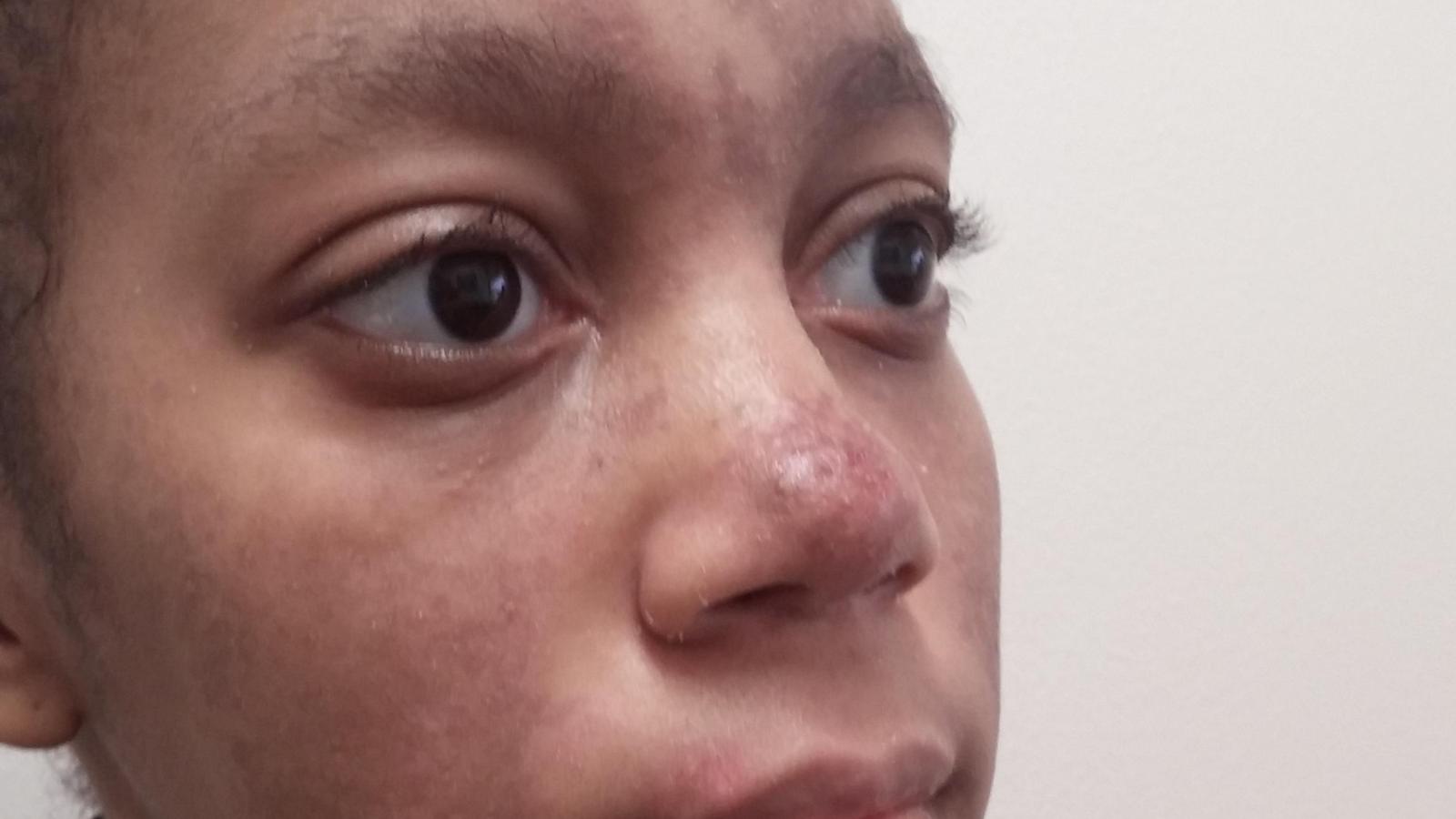
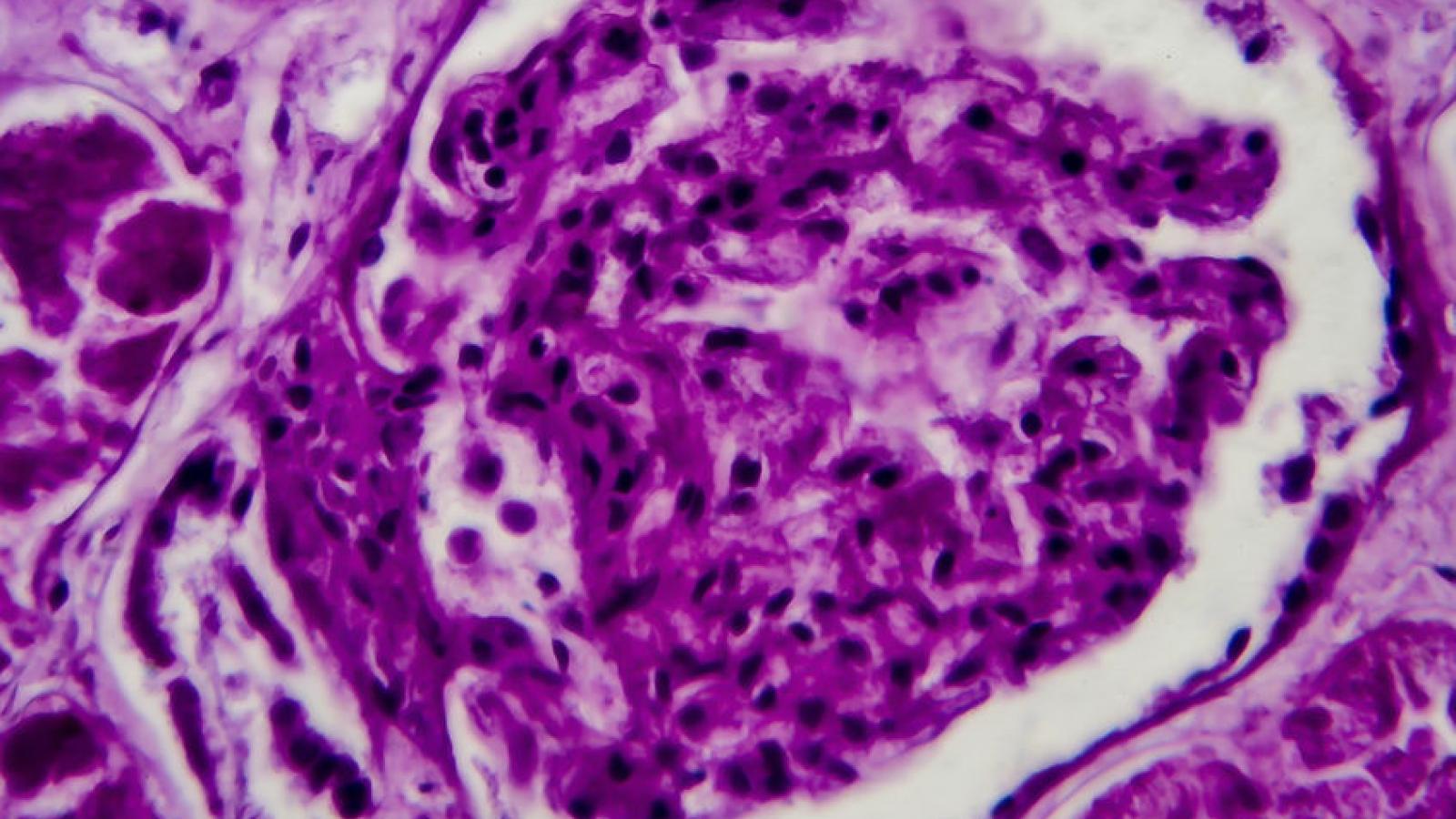

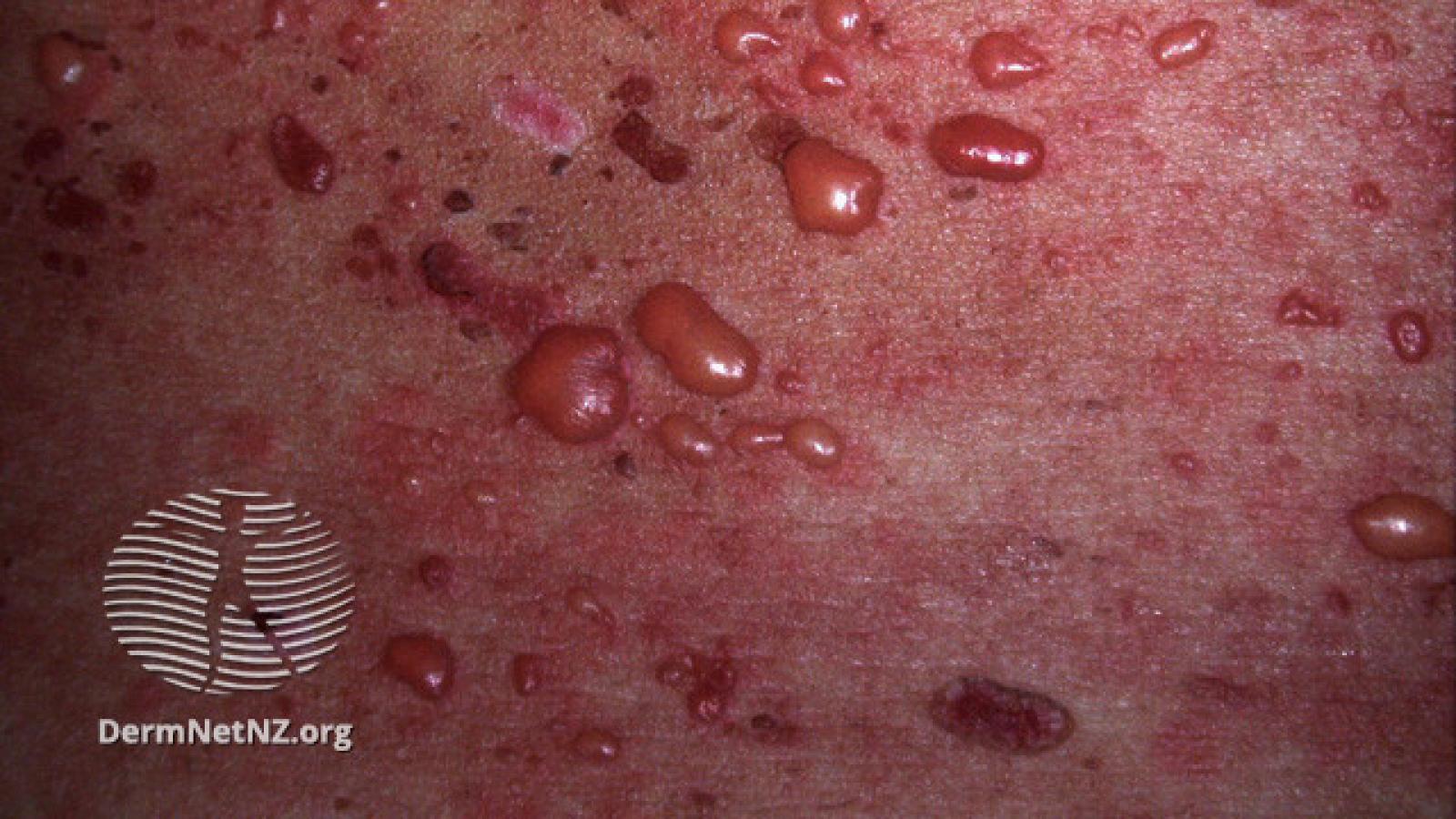
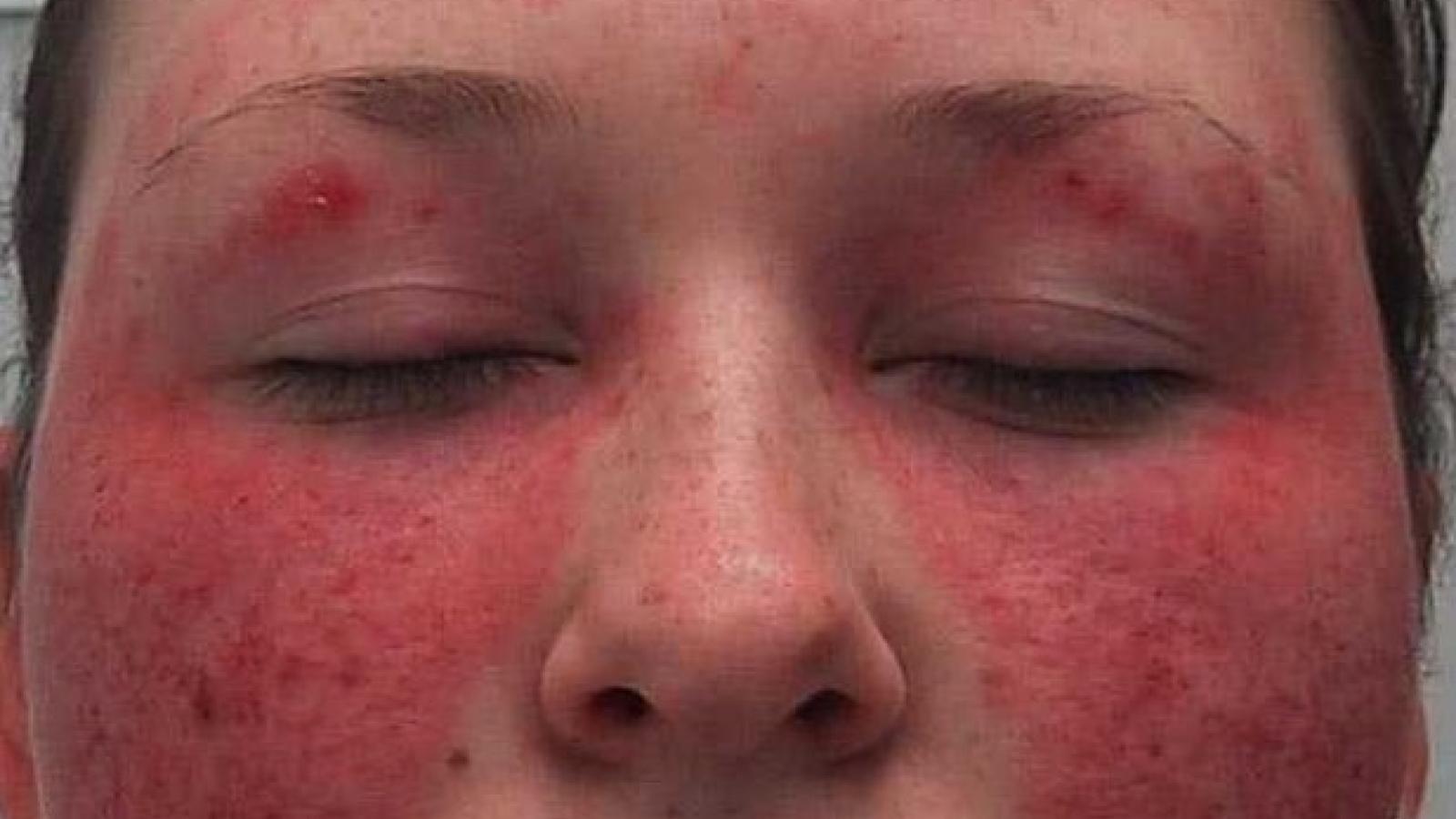
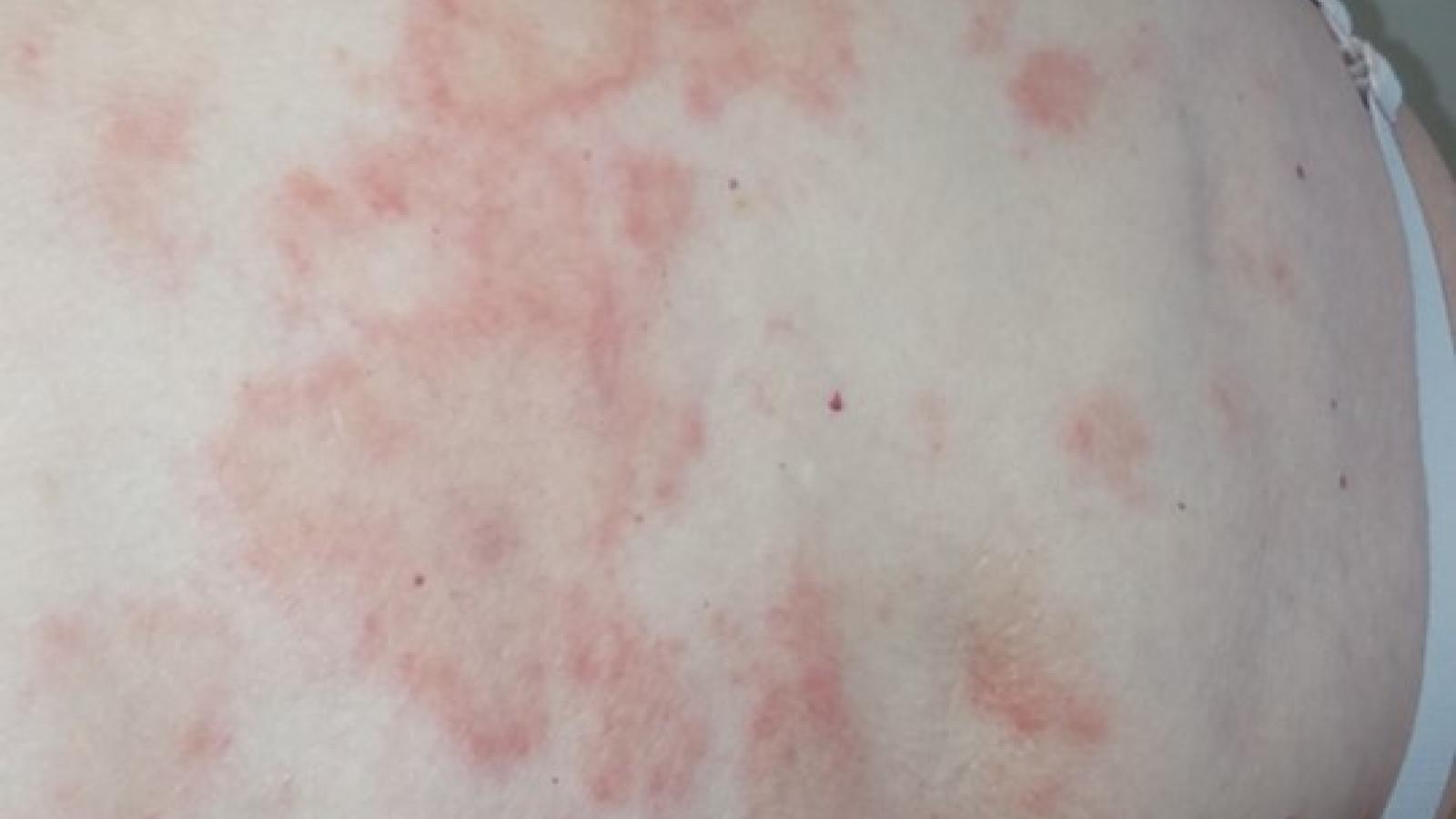

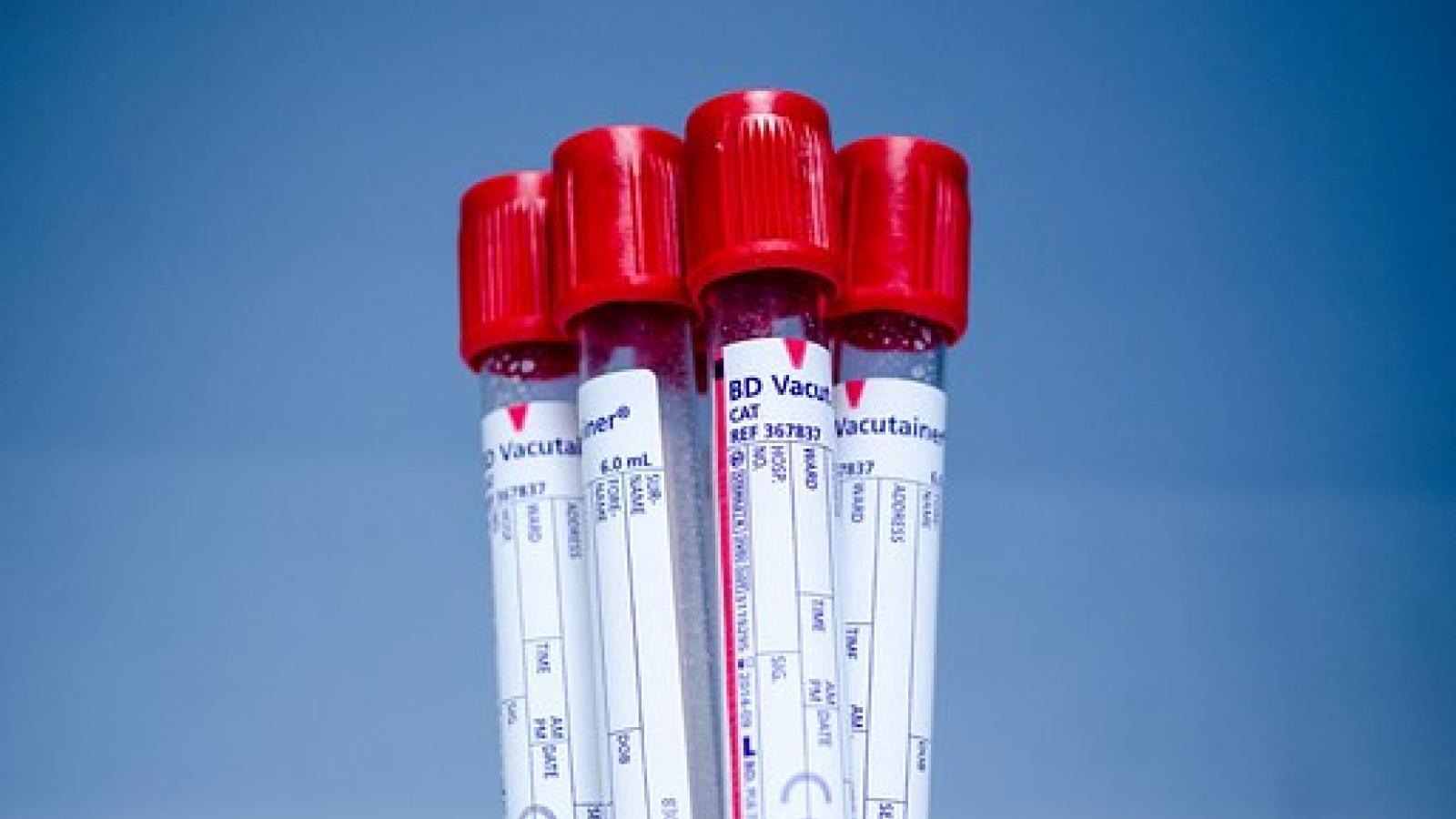

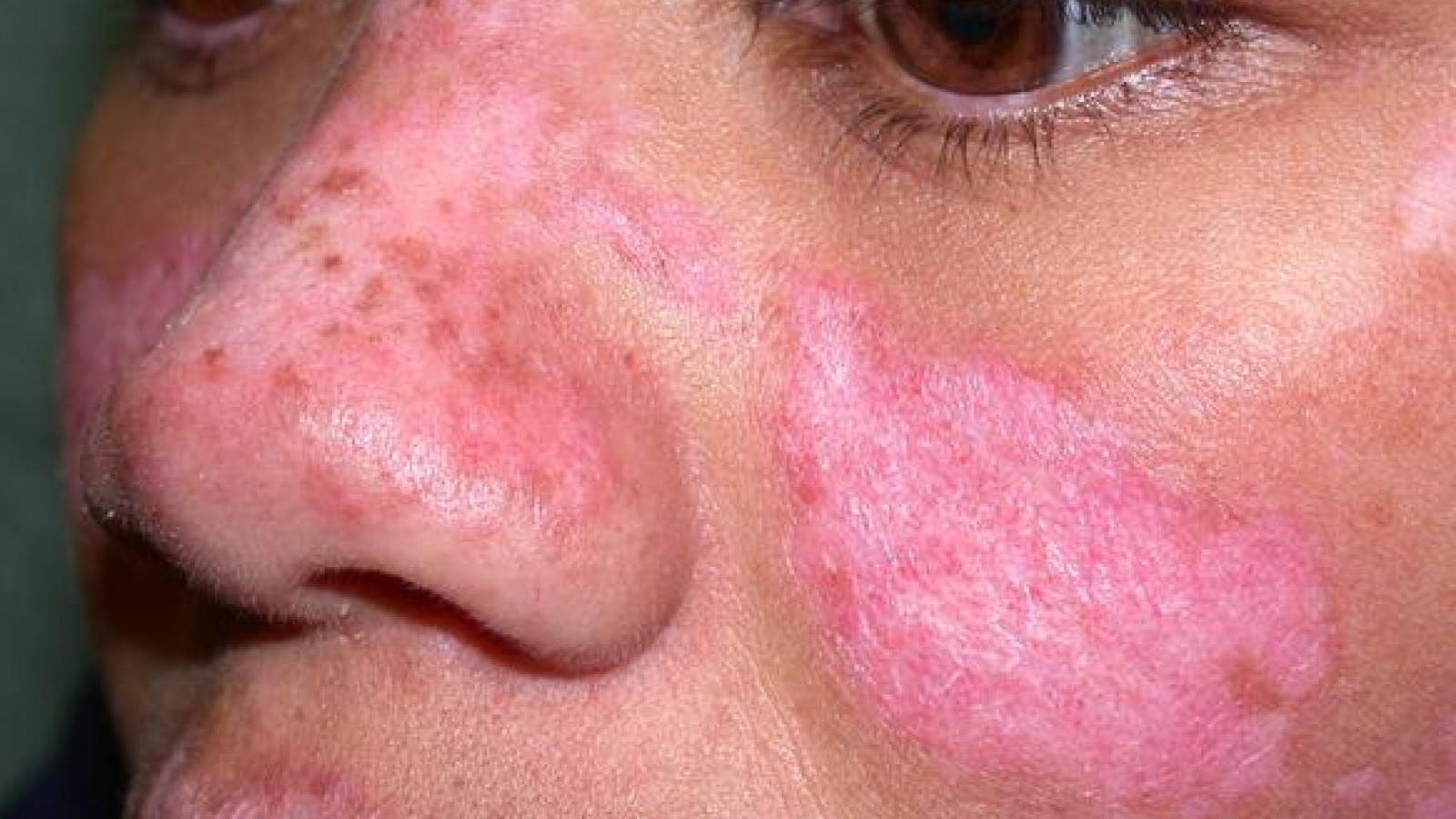





 Poster Hall
Poster Hall